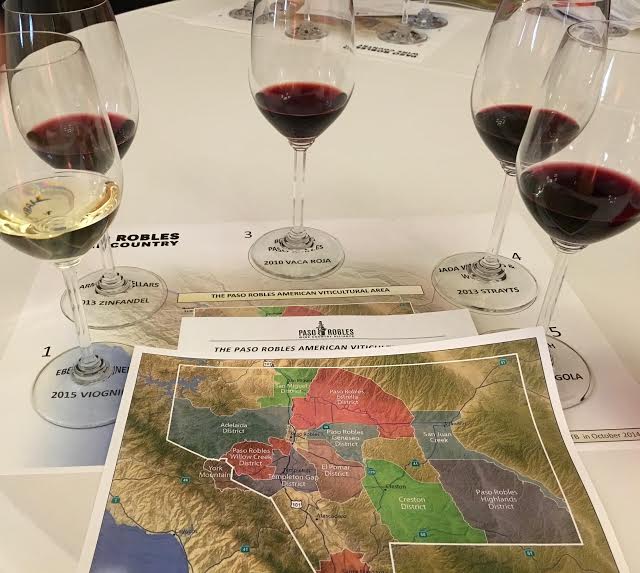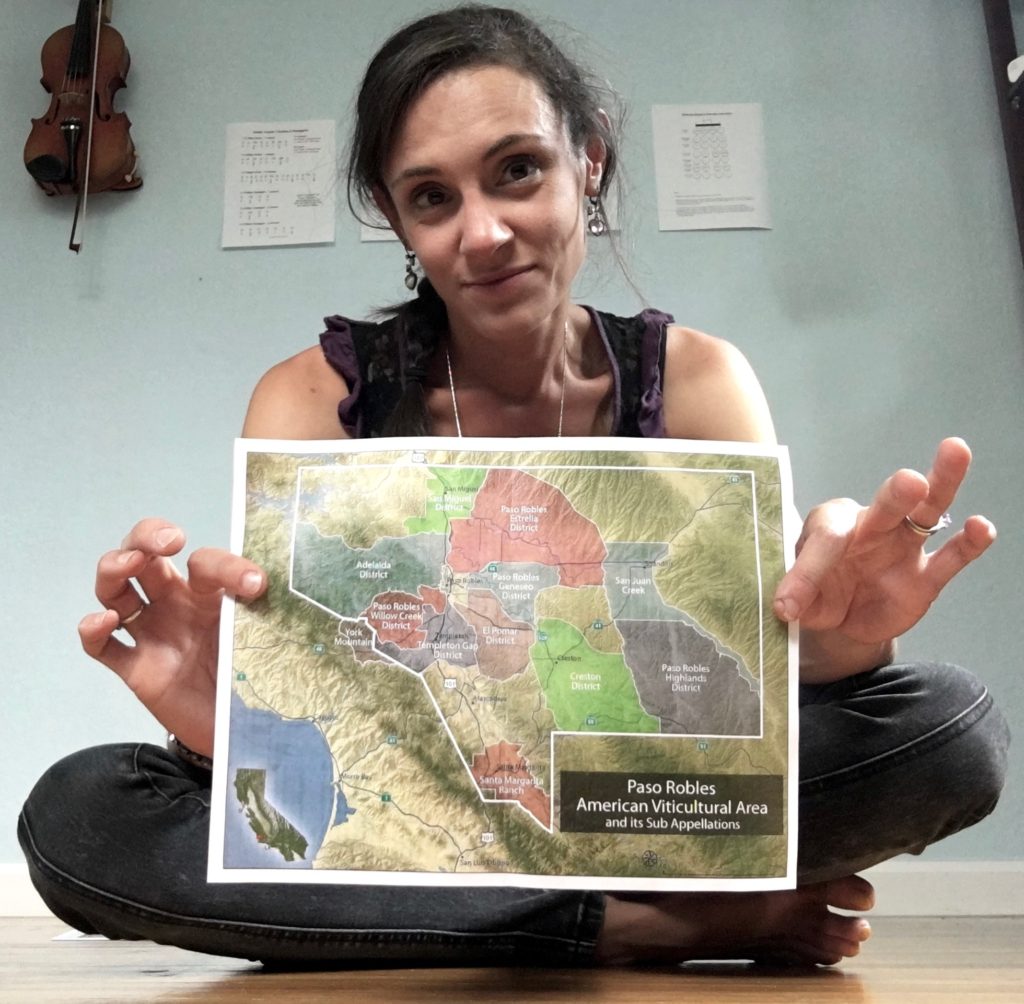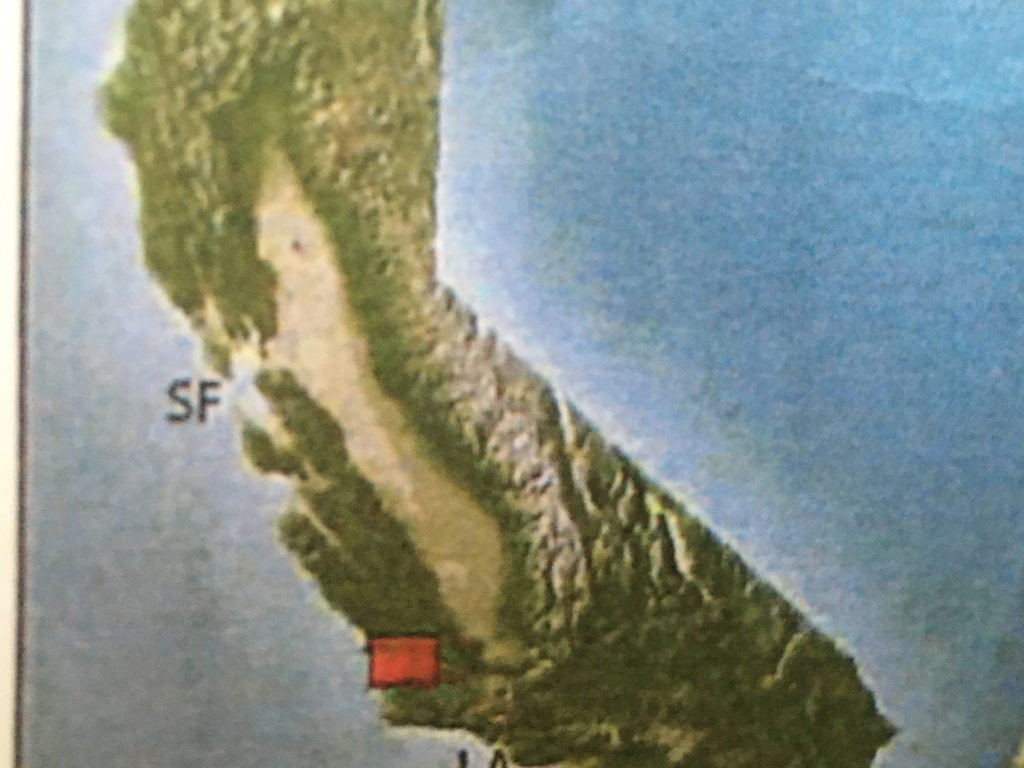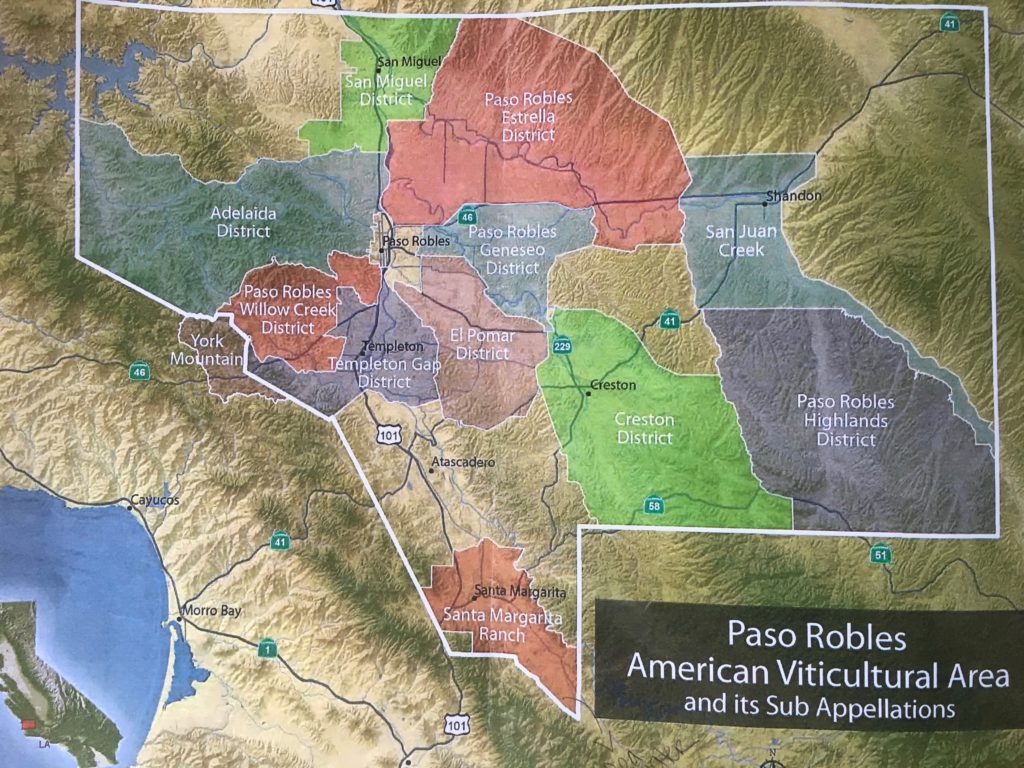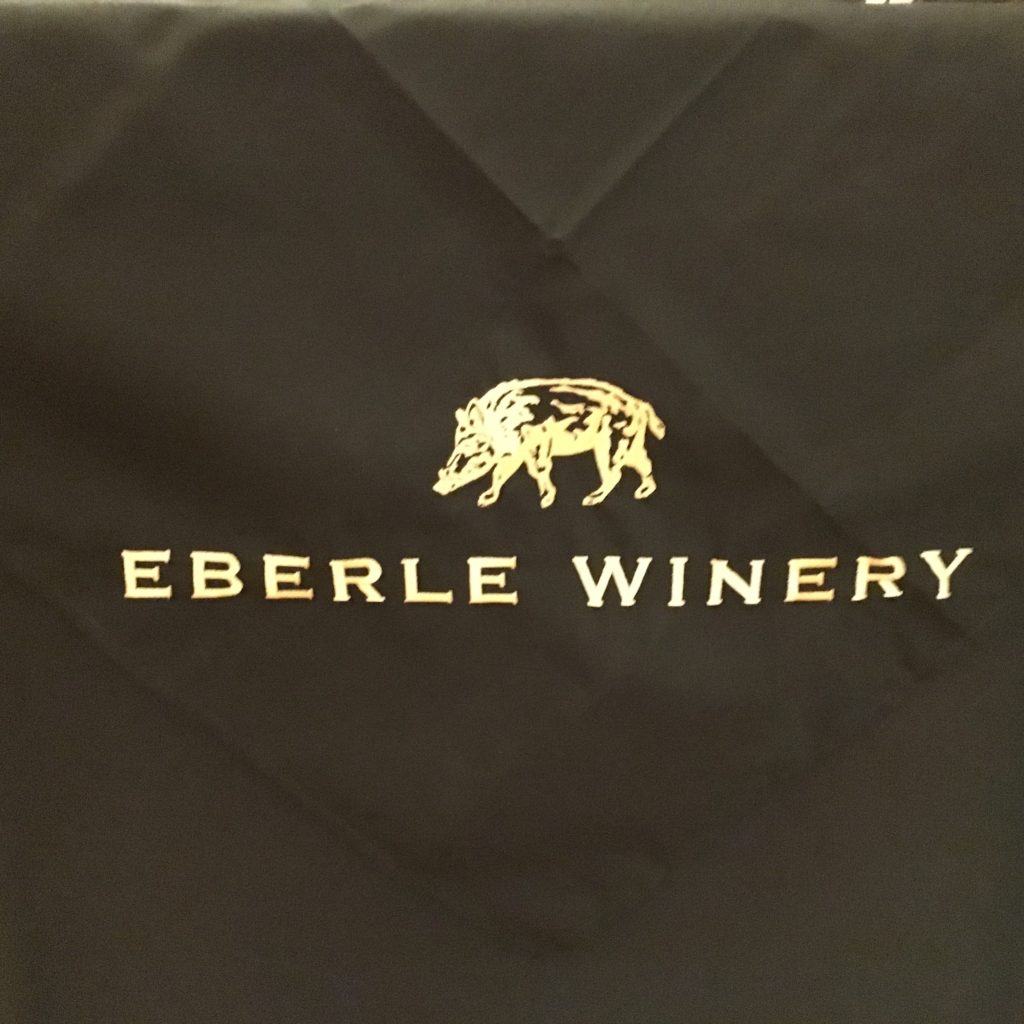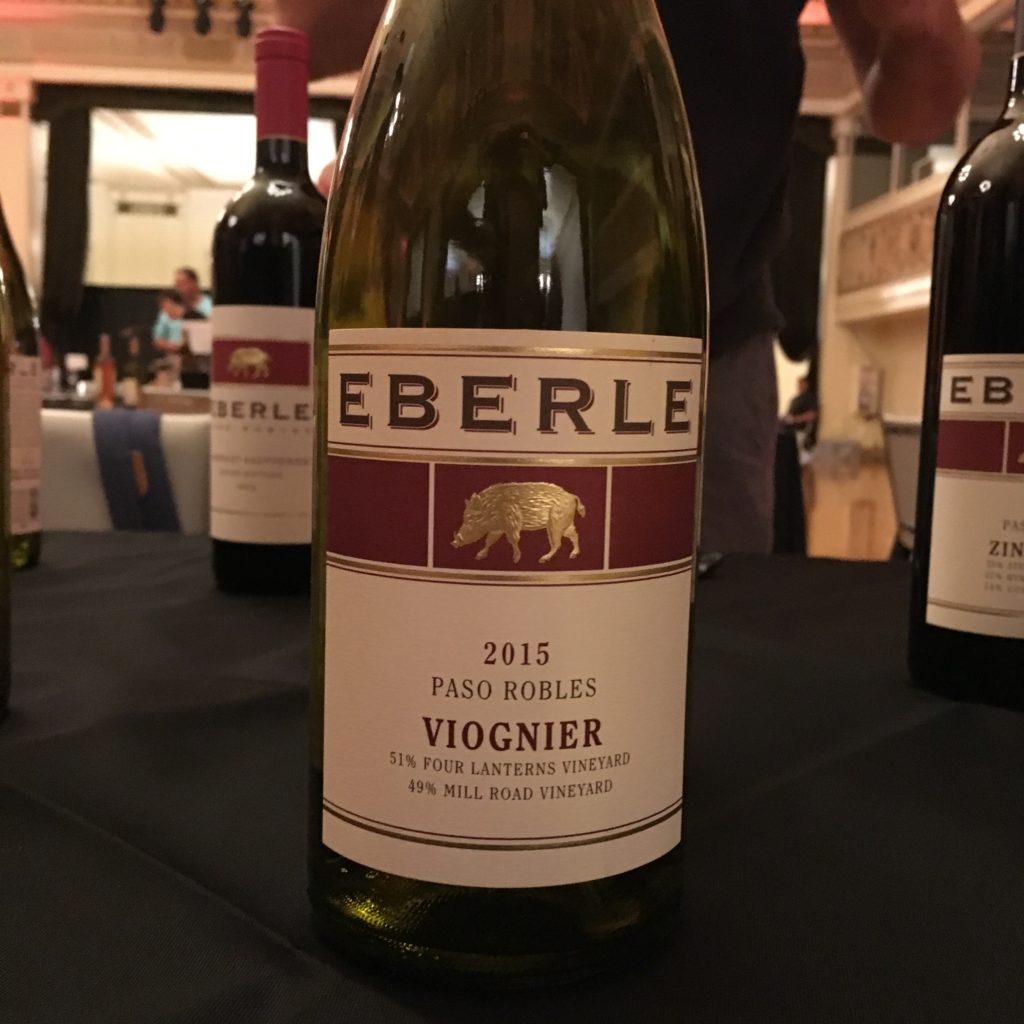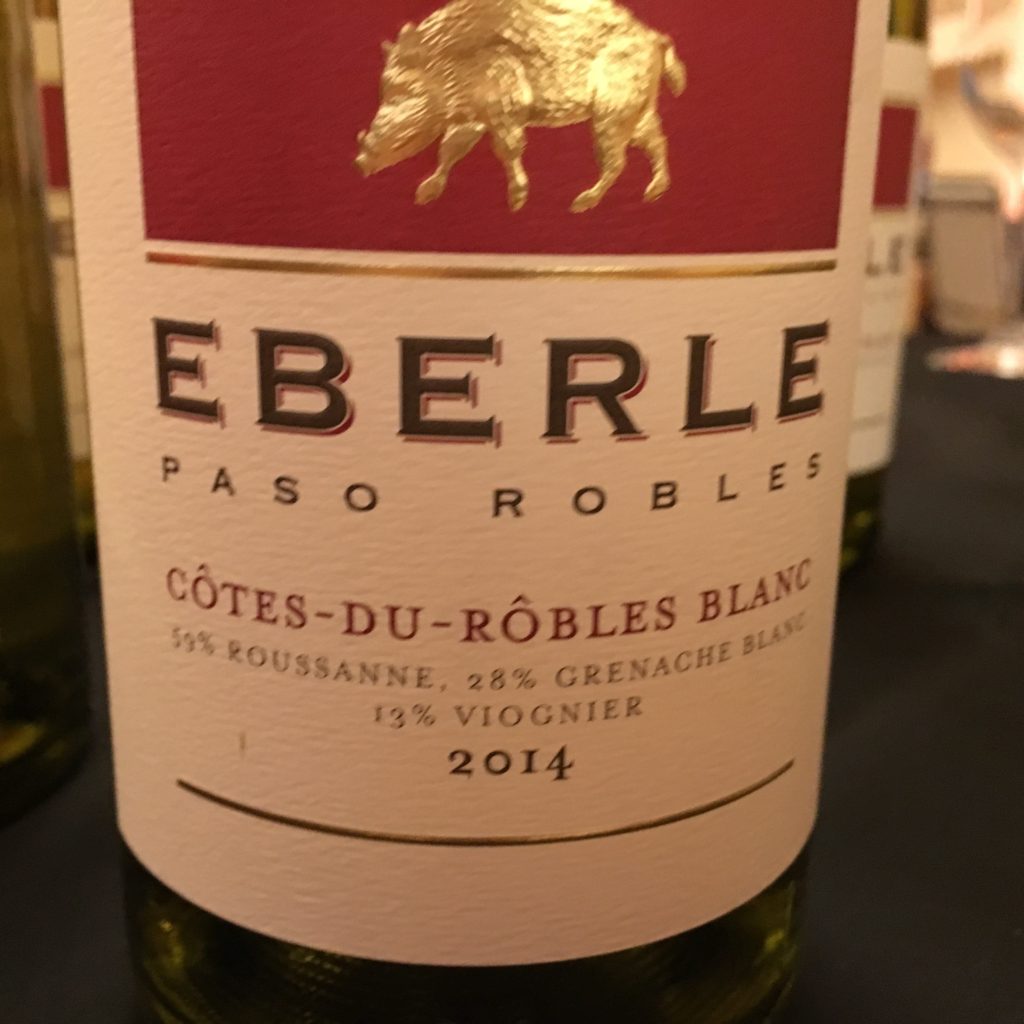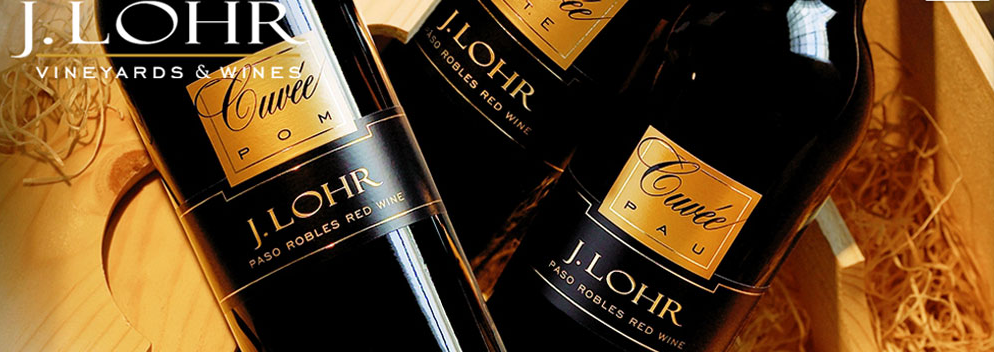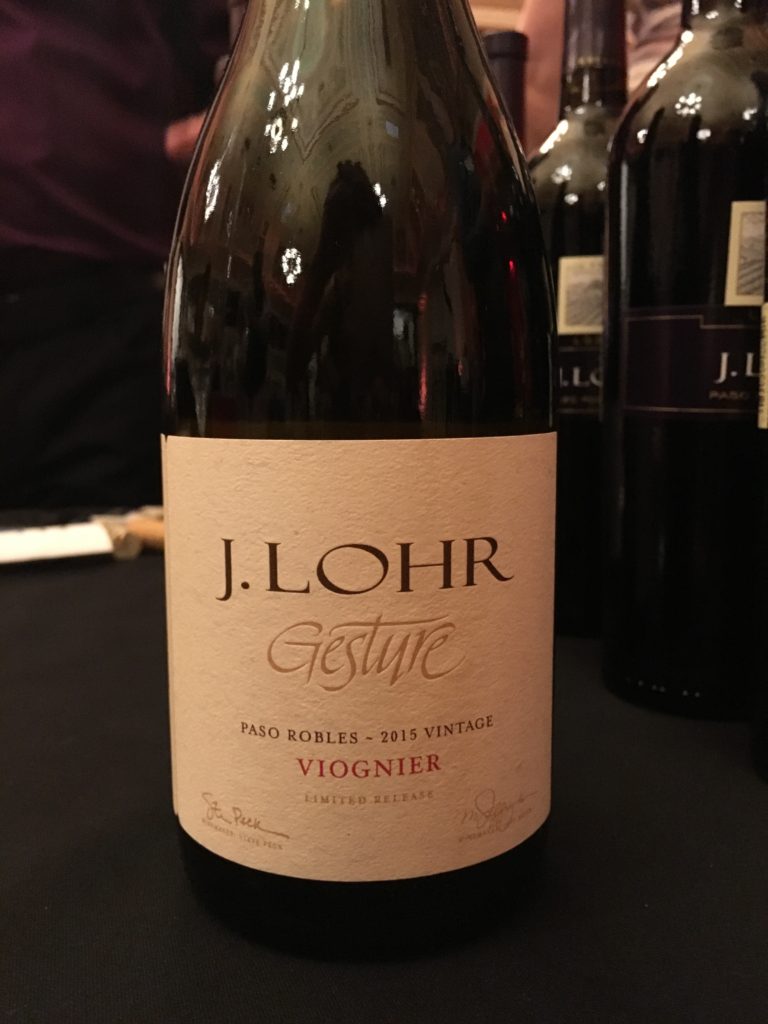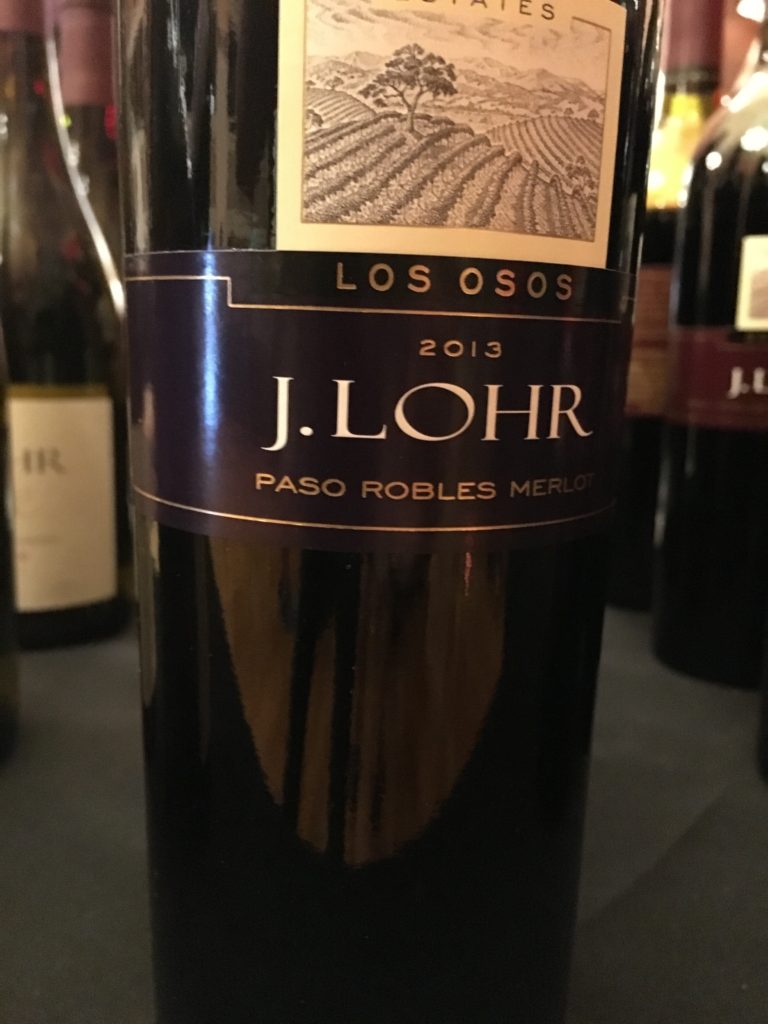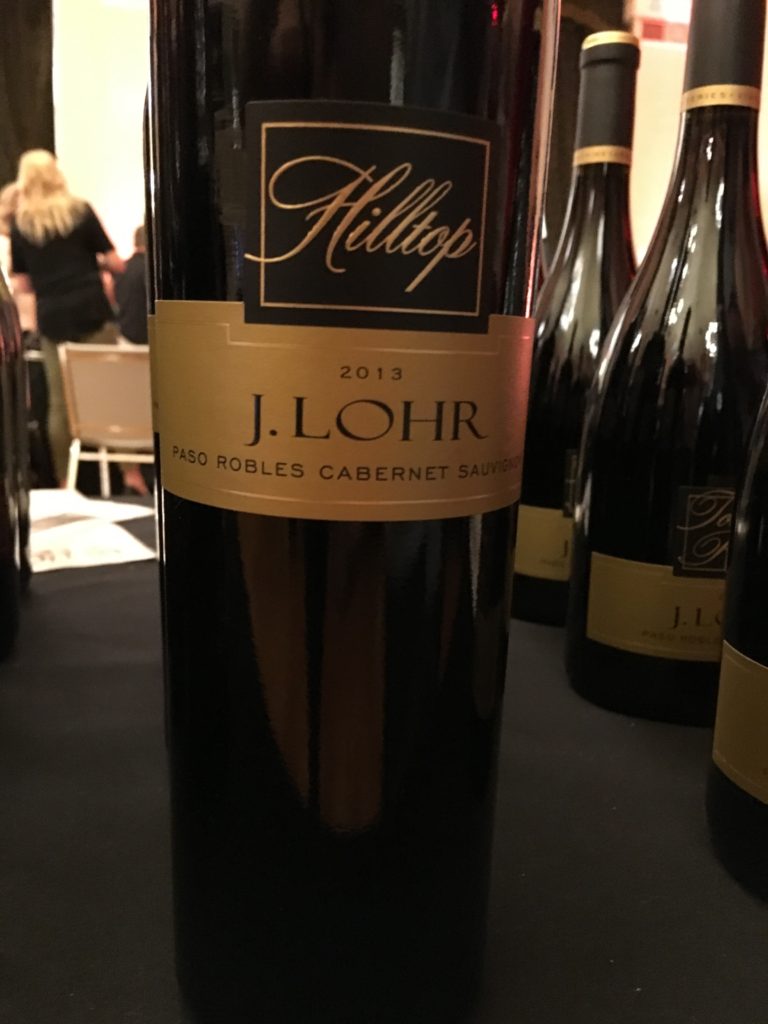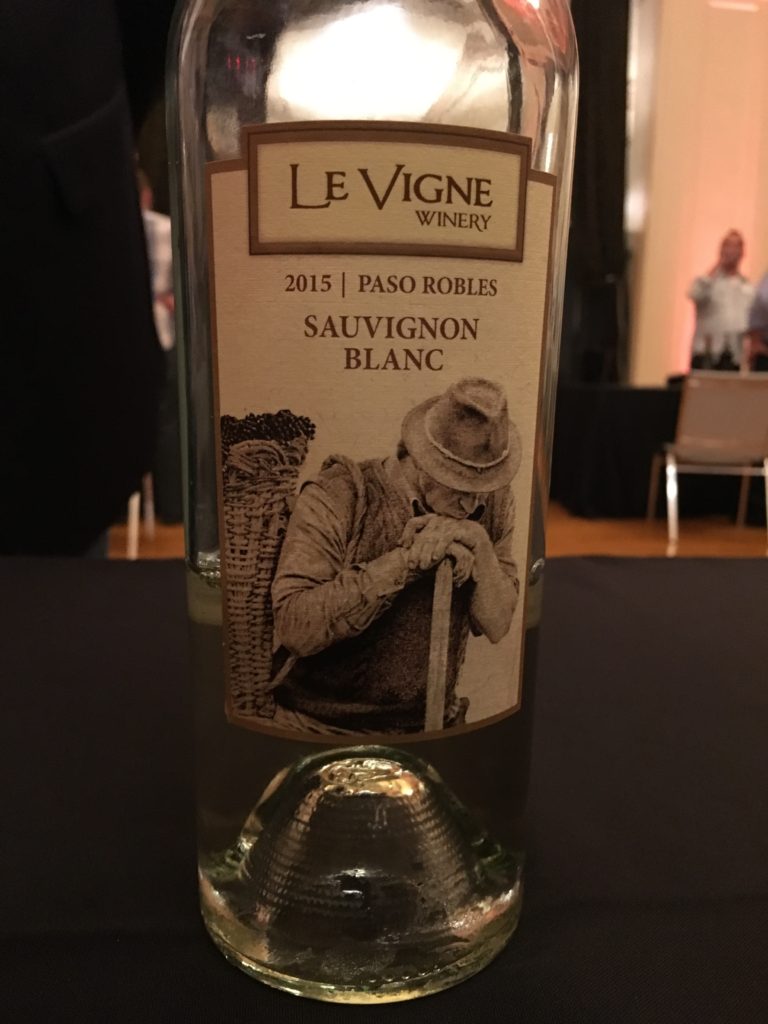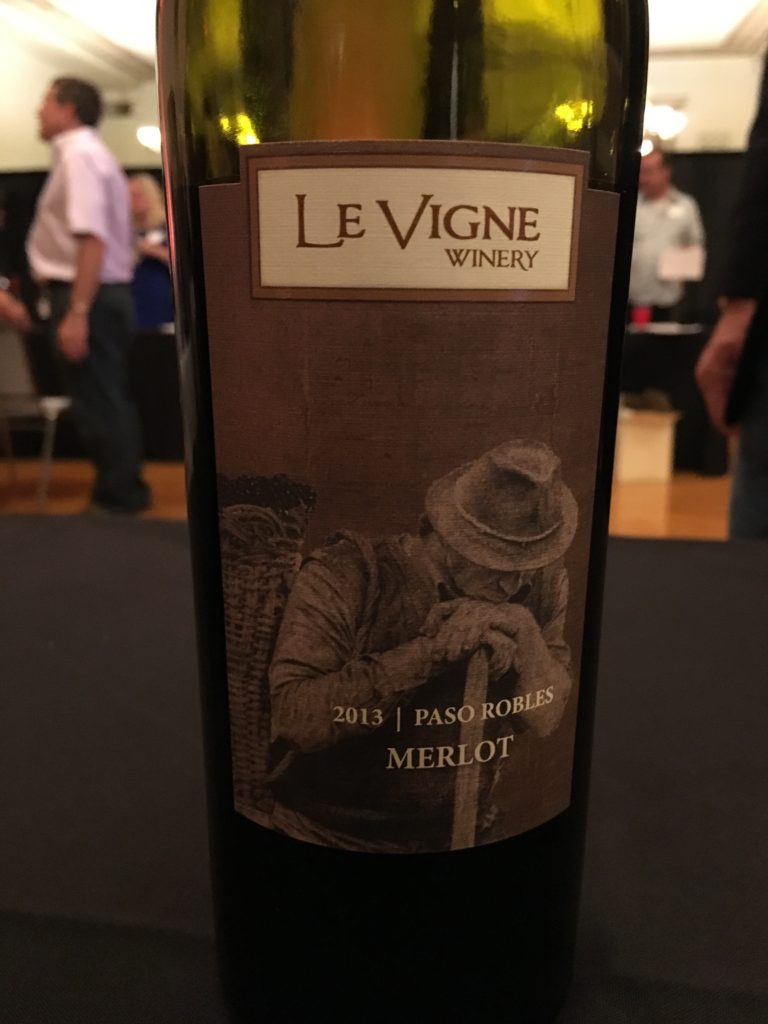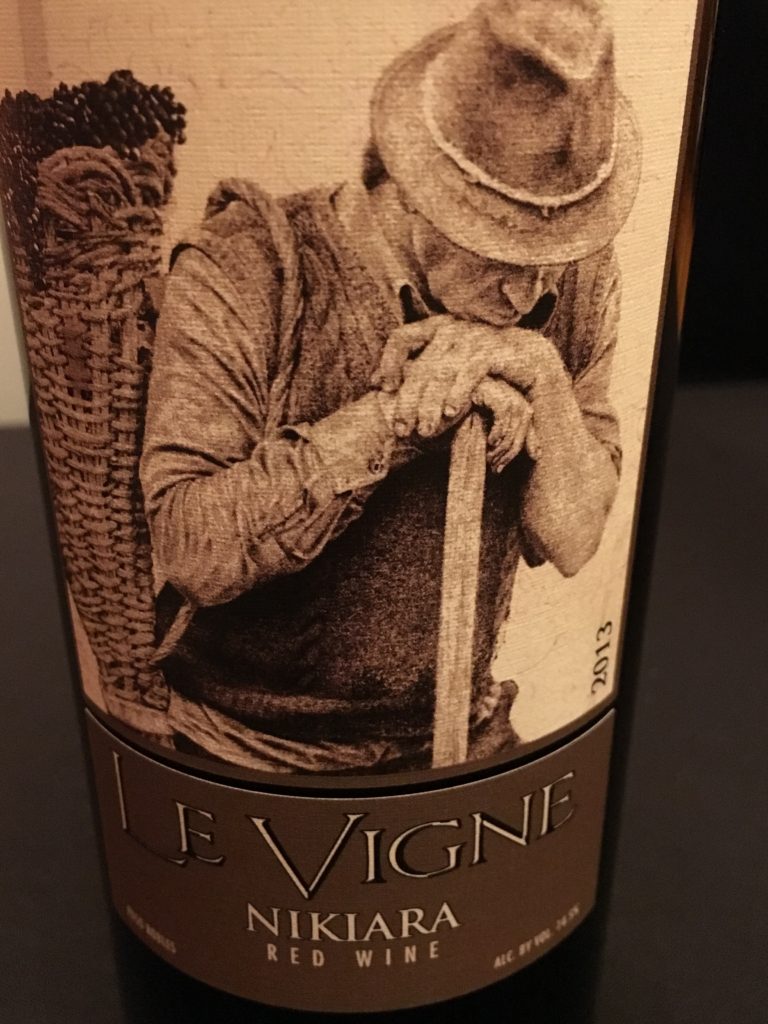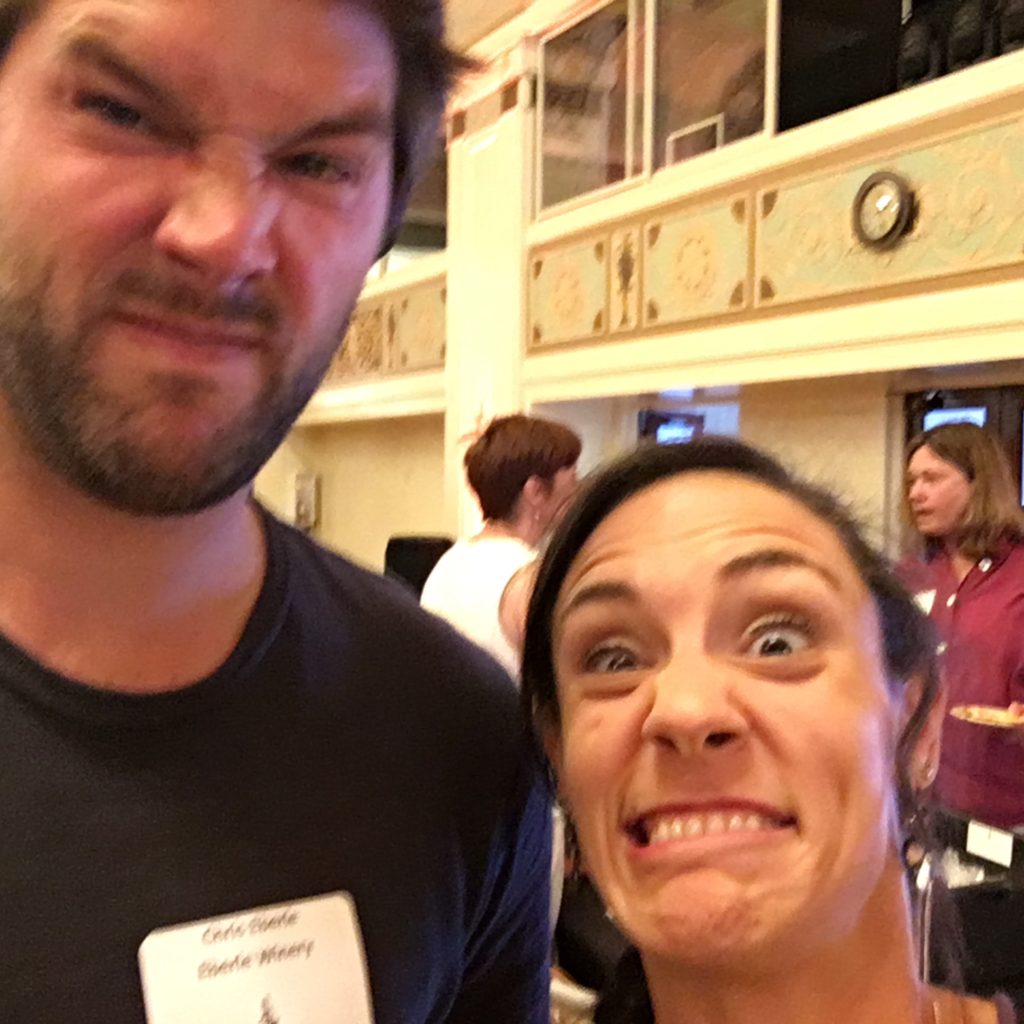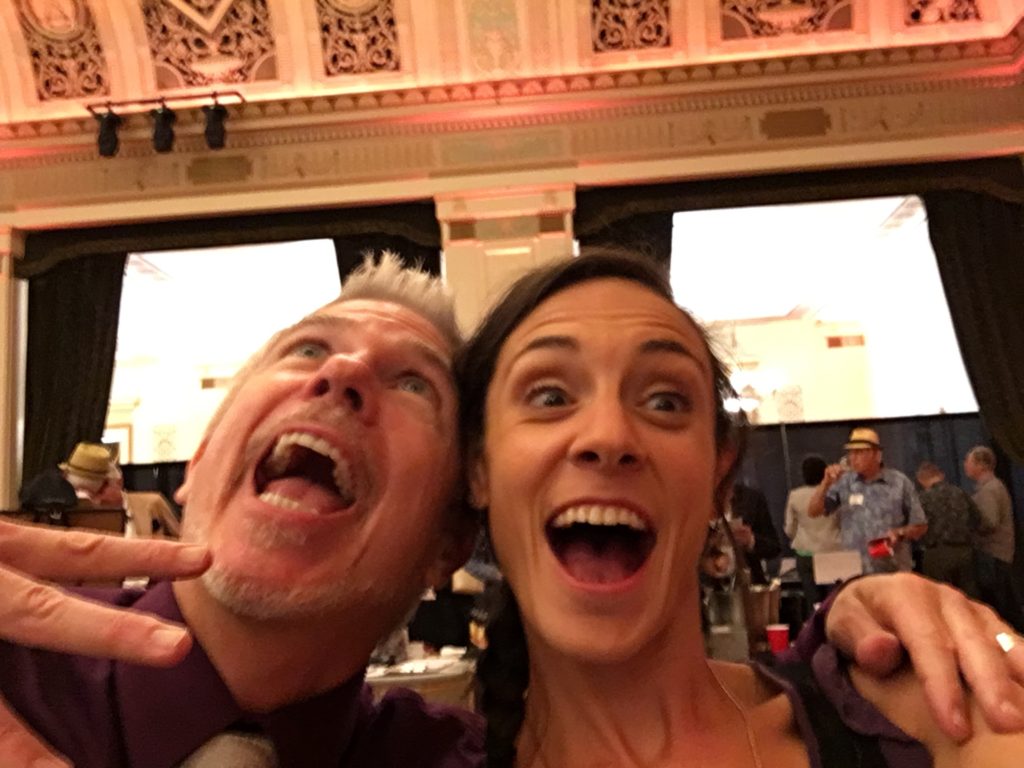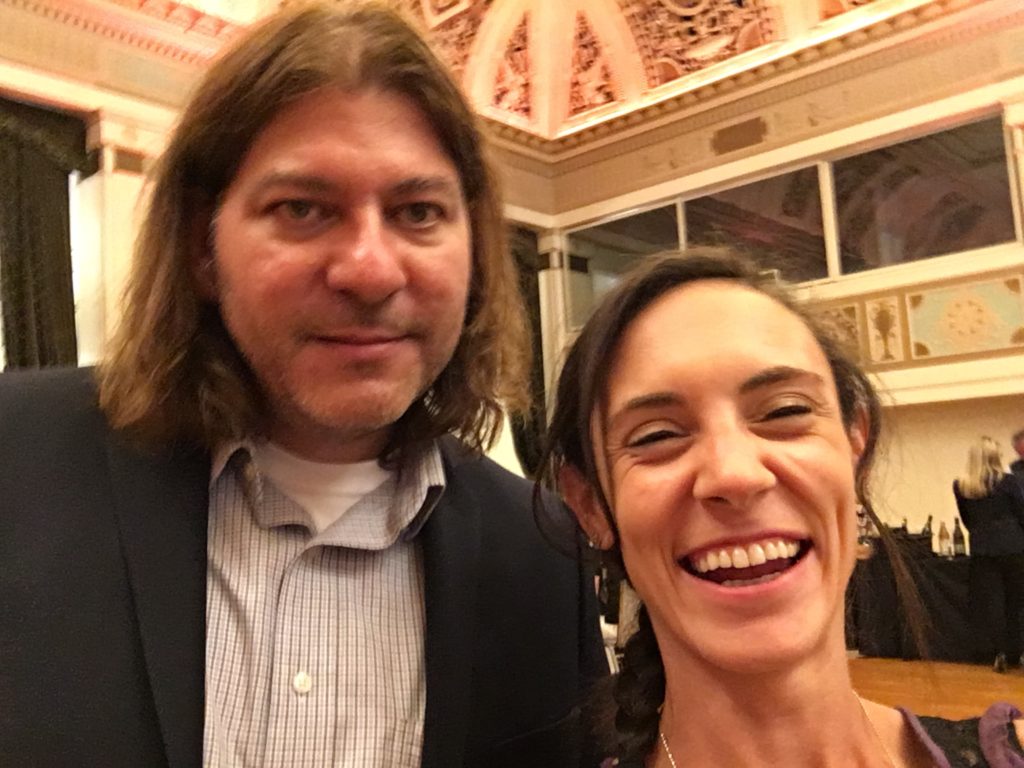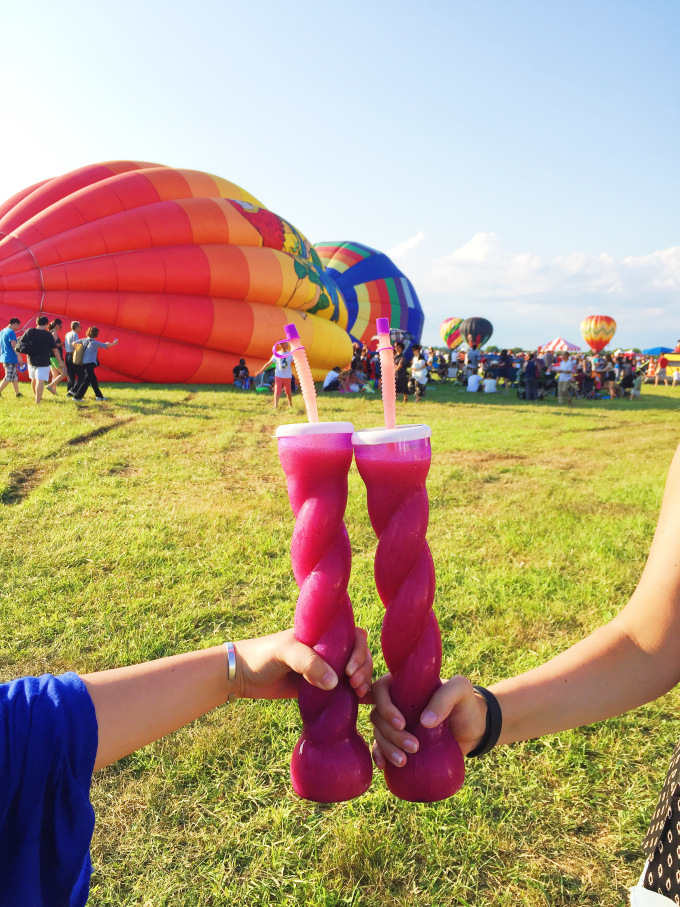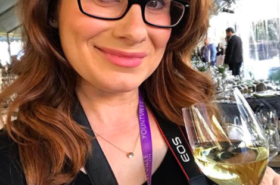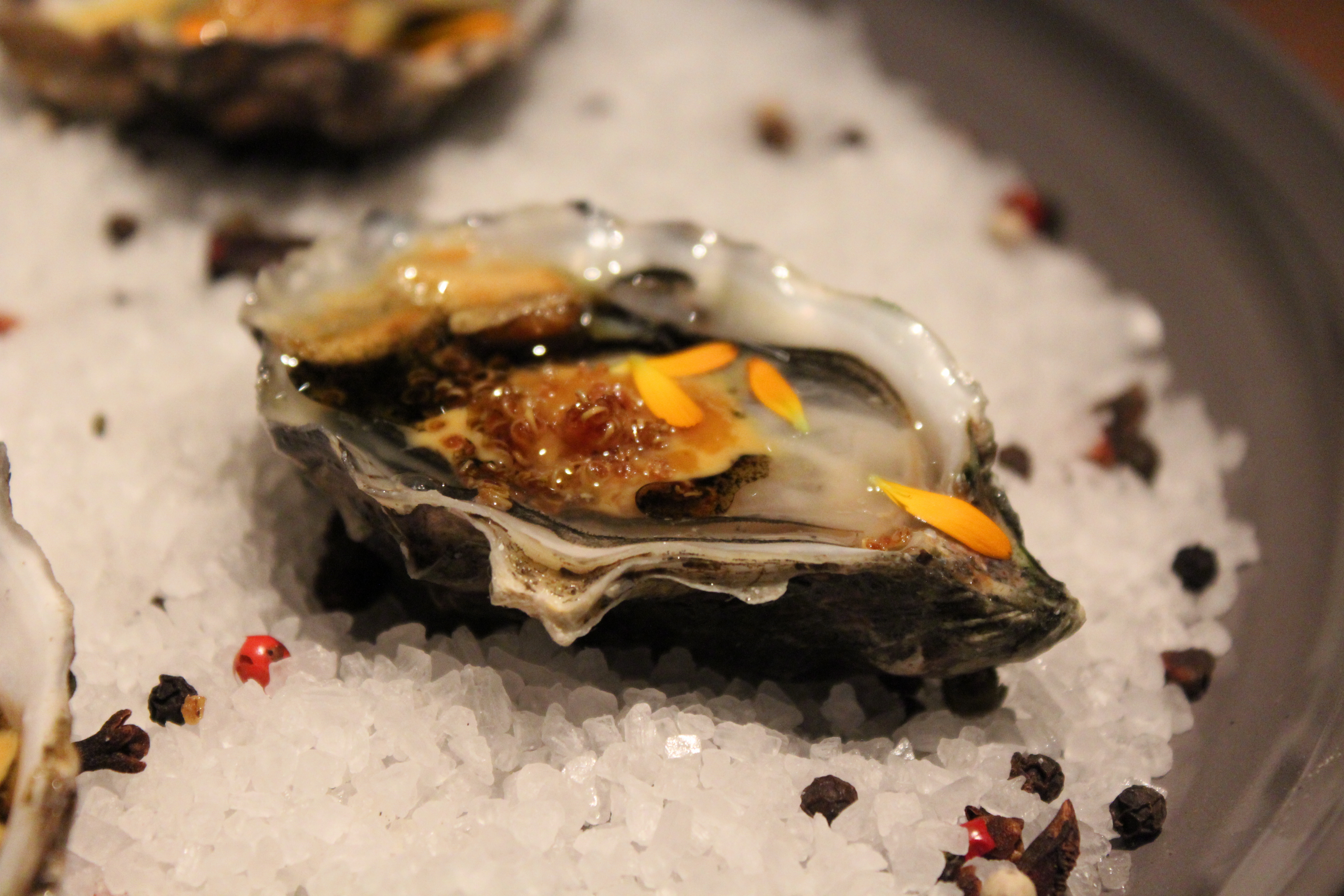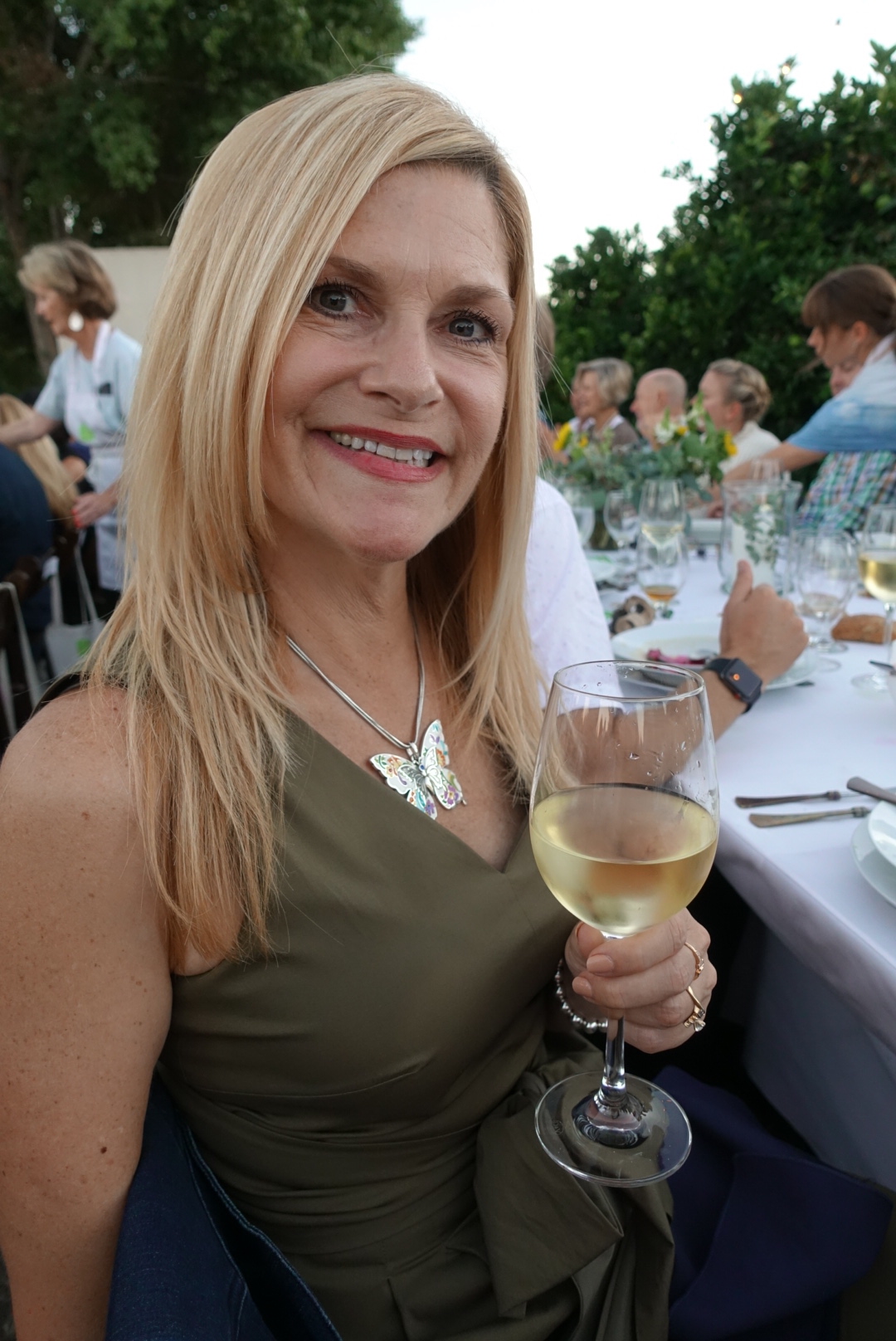I was at the Paso Robles Wine Country Grand Tasting Event in Oakland last week when I overheard one of the winemakers saying that the most frequent question he gets asked by consumers is, “Where in Napa is Paso Robles?”
Ok, let’s download for a second and just talk about where Paso Robles is and what that means in regards to wine.
Since most people think of SF and LA when they think of California, we’ll use these two major metropolises as reference points. Paso Robles is South of San Francisco by quite a bit (about 200 miles, or a 4 to 5-hour drive), and North of Los Angeles by about the same distance (around 200 miles, but about a 3 to 4-hour drive).
So the answer to “Where is Paso Robles in Napa Valley” is — it’s not. Napa and Sonoma — the two big names in California wine — are North of SF. Nowhere near Paso.
Ok, so now that we know where we are on the map let’s talk about what that means. The other thing to note is the Paso Robles AVA’s proximity to the Pacific Ocean. The most Western section of the AVA is just about 6 miles from the water. For the most part, the AVA benefits from two extreme weather conditions: hot days when the ocean air is kept at bay due to the mountainous Santa Lucia Highlands, and cool nights when that warm front sucks in the fog to settle amidst the vineyards (technical term: diurnal fluctuation). This weather is a good thing for grape-growers because while the hotter temps allow for the fruit to ripen with a full body of juice and sugars, the cooler temps help slow that process down so the grapes won’t bud too early (which can lead to overripe, rotten, and often broken grapes). And this is a good thing for winemakers, especially those looking to create Rhone-inspired varietals, as this weather pattern is most akin to that found in the vineyards of Bordeaux.
But remember, Paso Robles is made up of rolling hills and valleys, so those vineyards on the Eastern side will get less of those cool temps and more of that warm weather, yielding different successful grape varietals. In between these two extremities are vast variations in climate, topography, and soils (read: terroir).
The other thing that makes the Paso Robles AVA so unique is its soil: there are over 46 different types of soil throughout the area. The most desirable — and lucky for winemakers on the West side of the AVA, the most dominant — are the calcareous soils which contain higher soil pH values than other California wine regions (layman’s terms: good acidity in the soil = good acidity in the wine). And, because of Paso Robles’ hilly terrain, rainwater can flow, gather, and soak into the soil without any supplemental irrigation systems, so many winemakers can practice dry-farming methods (good for the drought situation).
So there’s a bit of context about how and why Paso Robles is its own unique AVA. And the winemakers in the area not only know this, but they celebrate it in kind of an old-school way. Whether talking to a small-lot producer or a “major chain,” they all seem to take pride in creating a wine that speaks of their particular plot in Paso.
Previous to the Grande Tasting, I attended a seminar (wine-nerds unite!) featuring different wineries representing various areas of Paso, winemaking techniques, and (of course) a glass of wine exemplifying those features. And, I’m going, to be honest, I stopped by Eberle Winery’s table to talk to winemaker Chris Eberle (no relation to the founder) because his wine was — for me — the best of the bunch.
Eberle Winery is situated on the Western side of the Paso Robles AVA, benefitting from those ideally warm days and cool nights, as well as absorbent soils.
2015 Eberle Viognier
About the Wine: With the use of two separate vineyards, Chris was able to create a well-rounded balance of fruit, acid, and minerals in the 2015 Eberle Viognier — wine that truly exemplifies the Paso Robles terroir.
Flavor Profile: Pale yellow in color, this 100% Viognier gives off a sweet aroma of honey and soft fruits (peaches, apricots) that let you know these grapes grew underneath a summer-like sun. Conversely, on the tongue, the wine provides a crisp acidity that opens the palate and gives way to a tarter taste of fresh lemon zest. The finish is long and lingering with a solid amount of minerality that thoroughly cleanses the palate.
Suggested Food Pairing: Fresh salt-water seafood with a cream or butter sauce. The natural salts in the fish will accompany the cleansing minerals of the wine; the Viognier’s strong acidity will cut through the fattier sauce, rounding the meal out nicely.
Eberle 2014 Cotes Du Robles Blanc
About the Wine: If you’re in a climate that celebrates French-style winemaking, then why not go all out? That is what Eberle has done with their play-on-words 2014 Cotes-Du-Robles Blanc, a classic Rhone-style blend (Cotes-du-Rhone) of Roussanne, Grenache Blanc, and Viognier.
Flavor Profile: A calm, soothing yellow in the glass, this Rhone-style wine emits soft aromas of white flowers, orange blossoms, and nectarine. On the palate, the wine has a soft, round mouthfeel — one would think “oaky,” although no new oak was used. It’s the Roussanne that gives the wine that glorious texture, the Grenache that yields subtle fruit and floral notes, and that pinch of Viognier that gives the blend just enough acid to cut through any potential sweetness. These grapes were whole-cluster pressed, which gives the wine just a bit more body (almost a tannin-like quality) than many whites.
Suggested Food Pairing: Keep it simple and savor the unique flavors of the wine — a light herb salad, a raw sashimi platter. Better yet, enjoy this on its own with good friends and good times.
More Information: For more information about Eberle Winery and their available wines, visit their website. I’m personally interested in trying Chris’s Rose of Syrah next!
After learning from a smaller-production winery, I was curious how one of the “big-names” would stack up. I mean, I live by a J. Lohr tasting room, see their reps at all of the local wine walks, and also frequent Zonattos — a local grocer who has a major thing for J. Lohr. So I’m no stranger to their wines. But what I didn’t realize was that they have vineyards in both Monterey and Paso Robles — two very distinct wine-growing regions.
I also have to give credit to their Senior Manager Mark Hess who, while talking me through their wines, also showed me how much love the company puts into their products — big name or no, J. Lohr also has Paso-pride.
J. Lohr 2015 Viognier
About the Wine: J. Lohr’s Gean Vineyard, where their Viognier grapes are grown, is one of those lucky vineyards that can soak in the rain (when it shows up) and provide itself with a type of natural irrigation system because of its hilly terrain. So, even in a drought year like 2015, J. Lohr was able to have a successful harvest.
Flavor Profile: This pale yellow, white wine gives off very typical Viognier aromas of white blossoms and soft, ripe fruits. On the palate, the dominant flavors are those of peaches, nectarines, maybe a hint of citrus zest. Unlike the Eberle Viognier, the acidity on J. Lohr’s was quite minimal, giving the wine a softer texture on the tongue. However, there is still that distinct note of minerality from those Paso soils of calcareous shale and weathered sandstone, giving this wine a lovely earthy finish.
Suggested Food Pairing: Think island flavors with this wine. A grilled meaty fish like Swordfish or mahi-mahi (or chicken for those not into seafood) accompanied by a mango salsa, coconut rice, and a creamy avocado dressing.
J. Lohr 2013 Merlot
About the Wine: Now here’s a wine I’m sure — even if you’re not in the Bay Area — you’ve seen on the shelves of the local grocery. But, although common, its story certainly is not.
This wine made during the second year of the California drought when grape growers and winemakers were still learning how to deal with the lack-of-water situation. In fact, Mark mentioned that J. Lohr’s Merlot grapes shattered (as in, they literally broke) in some areas, unable to be used at all. But, because of Paso Robles’ France-like terrain, the folks at J. Lohr decided to change the type of Merlot grapes they were growing to those more akin to the grapes grown in France. Makes sense — if the weather and the terroir are similar, why not grow similar grapes? These thicker-skinned Merlot grapes were able to withstand the heat much better and, thus, we have this beautiful 2013 Merlot.
And this Merlot is not all Merlot — it’s 86% Merlot with 14% Malbec — two grapes that play very well together.
Flavor Profile: This Merlot has a beautiful fuschia-red hue in the glass and emits a strong aroma of a pine-esque cologne along with dark fruits like plum. On the palate, the bold fruit is balanced nicely with the addition of the Malbec, which gives the wine an acidic kick and a solid finish filled with baking spices and a hint of mocha.
Suggested Food Pairing: Perfect for an Italian-inspired meal like a pasta bolognese or a meat lasagna.
J. Lohr 2013 Hilltop Cabernet Sauvignon
About the Wine: Cab is a varietal that thrives under pressure, so the gravelly terrain and the 100 degree days on the hilltops of Paso are perfect for this thick-skinned grapes.
The 2013 J. Lohr Hilltop Cabernet Sauvignon is another gorgeous blend: 96% Cabernet Sauvignon, 3% Merlot, and 1% Verdot.
Flavor Profile: This thick blood-like red wine is fruit-happy on the nose, giving off scents of plums, violets, and a hint of dusty earth. It’s surprisingly (pleasantly so) smooth upon the first sip, with a firm yet round texture on the tongue; this must be due to the 60% new French oak used during barrel aging. Flavors of vibrant red fruits give way to a good amount of tannins — enough to give the wine body and structure without scratching your tongue. The finish is just as smooth as the start, leaving a pleasant aftertaste of a fresh cedar wood forest.
Suggested Food Pairing: Say hello to your inner carnivore and grill up a beef fillet with an earthy au jus.
More Info: For more information about J. Lohr and their wines, please visit their website. Personally, I’m most curious to do a tasting of their Monterey vineyard wines to compare and contrast.
Small producer, large producer, and now something right down the middle with Le Vigne Winery, but their wines are anything but average. I was particularly drawn to the Le Vigne lineup because, as the founding family was straight-off-the-boat Italian and big foodies to boot, the wines are crafted with good meals and good times in mind.
Oh, and according to winemaker Michael Barreto, Le Vigne also has a cheesemaker on staff — so if you’re in the area and want to learn about wine and cheese pairings, this is your stop.
Le Vigne 2015 Sauvignon Blanc
About the Wine: Sauvignon Blanc is another grape varietal that benefits from being plumped to perfection under the heat of the sun. But, as it is a thinner skinned grape, it relies heavily on the moisture brought in from that maritime fog. And Le Vigne’s Sauvignon Blanc exemplifies this perfectly — with a surprisingly full-bodied Sauvignon Blanc.
Flavor Profile: The 2015 Le Vigne Sauvignon Blanc presents very clear in the glass, almost water-like. Made of 100% Sauvignon Blanc grapes, the aromas are typical to the varietal — tropical fruits accompanied by a hint of honeysuckle. These aromas come through in the taste as well, but because the Sauvignon Blanc was left on the lees during crush, this wine has an almost creamy texture — a unique quality for the varietal. Furthermore, this gives the wine a bit of body and structure, lending itself more versatile in regards to food pairing.
Suggested Food Pairing: A mixed seafood pasta with Alfredo sauce or lobster with a smooth beurre blanc sauce or bechamel — let those cream-based sauces pull out the round mouth and meatiness hidden within this wine while the fruity components of the Sauvignon Blanc cut through the richness of your meal.
Le Vigne 2013 Merlot
About the Wine: According to Michael, Merlot was a hard sell for a long time, partly because consumers were walking around screaming, “I’m am not drinking Merlot!” like it was their personal, educated opinion. But also because winemakers tend to try too hard when it comes to Merlot, not letting the grape speak for itself. So that’s the tactic Michael took when producing this wine. With 100% Merlot grapes, gently pressed, and aged in neutral American Oak barrels, this is a Merlot that speaks of the vines, the land, and a winemaker’s caring attitude.
Flavor Profile: Straight up, this is a pretty wine in the glass — the ruby red glistens in the light. The smell takes your straight to the farm, emitting intense aromas of herbs and even vegetables. On the palate, this wine is just as clean and as clear as it looks and as earthy as it smells, with low acid and low-medium tannin, you’re able to enjoy every lingering sip without the intrusion of excess.
Suggested Food Pairing: Because of the refreshing quality of this wine, don’t be afraid to pair it with a slow-roasted, hearty dish like a beef stew or cioppino — the wine can handle it and will offer you relief amongst all those strong flavors in the food.
Le Vigne Nikara Red Blend
About the Wine: This Bordeaux-style blend is a signature Le Vigne wine, celebrating the French-like terrain of Paso Robles.
Le Vigne’s Nikiara is 69% Cabernet Sauvignon, 11% Petit Verdot, 10% Cabernet Franc, and 10% Merlot.
Flavor Profile: Deep red in the glass, Nikiara presents a strong herbaceousness on the nose along with dark red fruits. On the palate, this red blend is smooth on the palate, yet a bit firmer and fuller than a typical Bordeaux. Black cherries come forward on the palate along with a hint of anise and spice and then slowly make way for those fresh green herbs. The finish is a silky, sensuous one, leaving you wanting another sip more.
Suggested Food Pairing: This French-inspired wine will pair well with a heartier French-inspired fare. Think decadent duck a l’orange, think cassoulet. But honestly, I’d be happy sipping this wine with a simple plate of enjoyably stinky cheeses.
More Info: For more information about Le Vigne and their available wines, please visit their website. And if you’re in the area, definitely do stop in for a wine and cheese tasting!
Fun Fact: The label art is a portrait of the winery’s owner’s father on his farm back in Italy.
I started this post talking about how vast and diverse Paso Robles is and, I realize, I’ve featured wines from generally the same area. Maybe it’s the beach-bum in me — growing up with fog in my lungs and sand between my toes — that I just love the wines that have been impacted by my beloved Pacific. Or maybe it’s the fact that Paso Robles is home to over 200 wineries, and I just couldn’t taste them all in one afternoon.
The point is, I have a new appreciation for Paso Robles wine — the winemakers at this event passed on their passion, and I’m curious and eager to learn more. So…who wants to fund my next road trip???
For more information about the Paso Robles AVA, definitely visit Pasowine.com where you can get a full list of wineries in the area and geek out as much as you’d like about terroir, climate, grapes, and growers — and find out if there are any Paso wine tastings near you.
Oh…and it wouldn’t be a Girls On Food/Stacy On Wine without some Silly Selfies.
Cheers!
**Want to have your wine event, winery, vineyard, or tasting room featured? Please Contact the Author via her blog BriscoeBites.com**


